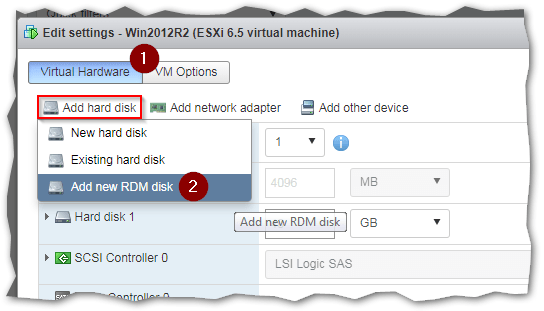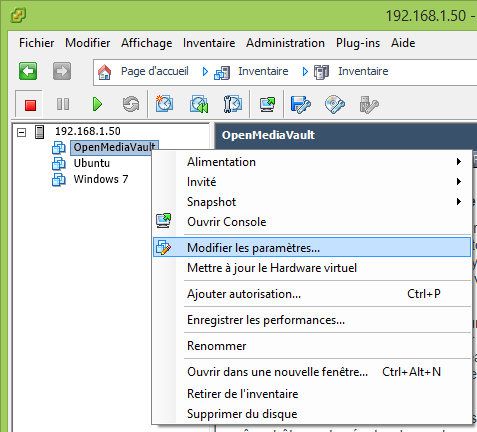


Once the RAW LUN is allocated to the ESXi cluster, Follow the below procedure: 1.Create Virtual Compatibility RDM Disks using vSphere Web Client First one is via vSphere Web Client and the second method is using vmkfstools command (CLI). There are 2 simple ways to create virtual compatibility RDM disks. 2 Ways to Create Virtual Compatibility RDM Disks In this article, We are going to looking at the detailed procedure to create Virtual Compatibility RDM Disks. Virtual compatibility RDM disks allow RDM to act exactly like a virtual disk file, including the use of snapshots. We have explained the detailed 11 differences between RDM Virtual and Physical Compatibility Mode. As we discussed in the earlier post, There are two types of RDM Disks ( Virtual Compatibility RDM and Physical Compatibility RDM). Raw device mapping (RDM) is a mapping file that provides direct access to a LUN on an iscsi or fibre channel storage system for a virtual machine.

Diff VCenter 5.5 appliance and vCenter on WIndows.I was able to preserver the entire volume and had no issues. I recently moved a 1.5TB LUN attached to a physical host to a VM via RDM when the physical host died. This will be important for cloning and snapshot purposes. Save yourself some headache and make sure the datastore where the VM lives has a block size large enough to support the RDM you are attaching.

This works great, remember you have a 2TB size limit on RDM's ( I think its 2TB 'officially') The same way you present a lun to your vmHOSTs on your SAN.įrom there you can add the disk to any VM as you would add a new disk to a VM in its properties, the difference is you select the RDM option instead. You will need to apply the appropriate zoning or mapping on your SAN so that the physical VMware host can access the LUN (essentially removing its acces from a physical server and moving it to the vmHOST). If you want to move that LUN away from a physical server and apply it to say a virtual machine while preserving the data on that LUN, then that's when a RDM comes into play. Basically an RDM is a formatted LUN volume (windows, linux etc.) that already exists.


 0 kommentar(er)
0 kommentar(er)
